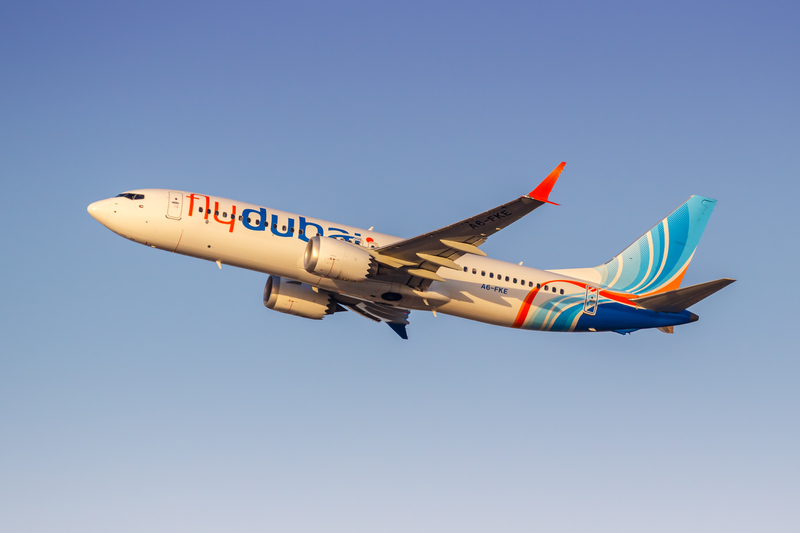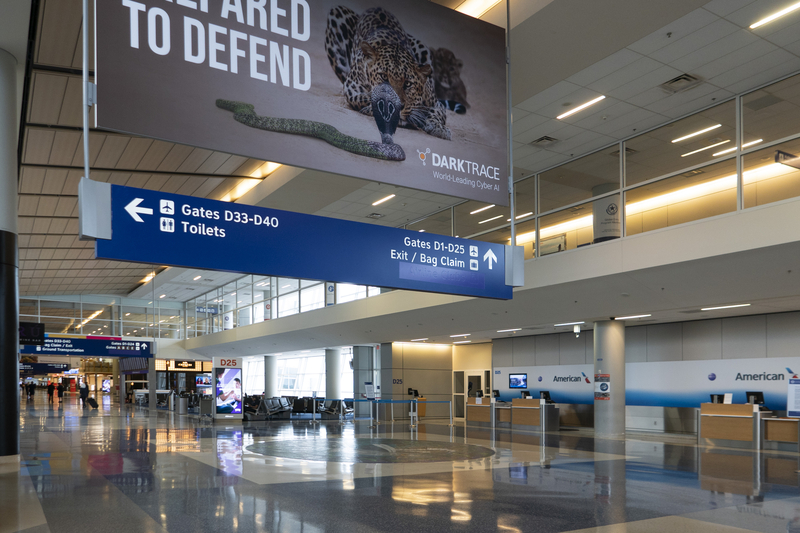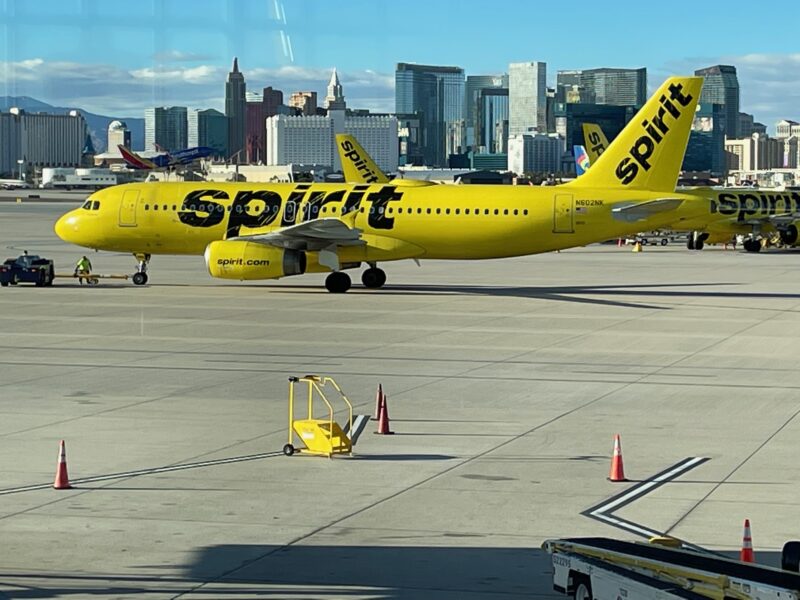SWISS Grounds Entire A220-100 Fleet For 18 Months To Protect Capacity

ID 345437969 | Swiss A220 © Robert Buchel | Dreamstime.com
SWISS has parked its entire fleet of nine Airbus A220-100s for at least 18 months as it continues to battle persistent reliability problems with the type’s Pratt & Whitney geared turbofan (GTF) engines.
Why SWISS Is Doing This
Speaking during the airline’s third-quarter results, Chief Financial Officer Dennis Weber said the decision is preventive rather than safety-related, but the constant troubleshooting on the smaller A220 variant was no longer operationally sustainable. By taking the A220-100s out of service, SWISS can use their engines to keep its larger and more commercially important A220-300 fleet flying.
“This isn’t a safety issue, but it’s a constant source of effort. The A220-100s will remain grounded. This will take around a year and a half,” Weber said.
Engines Are The Bottleneck
Like many A220 and A320neo-family operators, SWISS has been hit by GTF issues traced back to manufacturing and durability problems. The A220-100 and A220-300 use nearly identical Pratt & Whitney PW1500G variants, so cannibalizing the -100s gives SWISS immediate access to engines and parts to stabilize the 21 A220-300s it operates (plus five on lease).
This also reduces complexity: one A220 subfleet to schedule, one to crew, one to maintain.
Current SWISS A220 fleet:
-
A220-100: 9 aircraft, avg. age ~8.7 years → grounded
-
A220-300: 21 in fleet + 5 on lease, avg. age ~6.9 years → will keep flying
Why The -300 Matters More
The A220-300 carries more passengers and is the backbone of SWISS’s short- and medium-haul network from Zurich (ZRH) and Geneva (GVA). Keeping those aircraft available matters more than keeping a small subfleet of older, smaller jets online — especially when engine shop slots are scarce across Europe.
SWISS has already had to plug gaps by wet-leasing A220-300s from airBaltic. That move drew criticism in Switzerland because the Latvian crews are on lower pay scales; boosting in-house A220-300 availability should reduce the need for those leases.
A Long, Frustrating A220 History
SWISS was the global launch customer for the then–Bombardier C Series in 2016 and for years showcased the jet’s quiet cabin, good range, and steep-approach capability. But the airline has also lived through:
-
Multiple A220 groundings for engine inspections
-
Several in-flight diversions due to unusual smells/smoke
-
Up to eight A220s parked at once awaiting engines
-
A 2024 cabin smoke event that tragically led to a crew member’s death
-
Clear warnings from management in 2025 that A220 engine pain could last “until the end of the decade”
Given that backdrop, preemptively shelving the nine -100s is less a surprise than an overdue rationalization.
What Passengers Will Notice
-
Fewer A220-100s on European routes — schedules will be covered with A220-300s, A320-family aircraft, or leased capacity.
-
Better reliability — fewer last-minute swaps and cancellations if SWISS can keep its A220-300 engine pool healthier.
-
Some wet-leases may still appear — but the airline should need fewer of them once the -300s are better supported.
Big Picture
This is an unusually blunt move for a flag carrier, but it shows how severe the GTF supply crunch still is. Rather than run two subfleets badly, SWISS is choosing to run one properly.





